Lake Winnipeg Basin Program
Lake Winnipeg is the eleventh largest freshwater lake in the world and the sixth largest in Canada. It is shallow and extends 436 km from south to north (Government of Canada). Its drainage basin is almost a million square kilometers and stretches over four provinces and four U.S. states. Agriculture is the dominant land use in the basin, which is also home to nearly seven million people in Canada and the United States. Nutrients and other contaminants from various sources throughout the basin contribute to the deterioration of water quality in Lake Winnipeg.
Lake Winnipeg is a valuable freshwater resource that:
Many things stress the health of Lake Winnipeg. Key issues include:
The goal of this program is to tackle the most pressing challenges affecting the health of Lake Winnipeg by:
To date, Manitoba Association of Watersheds (MAW) has been successful in receiving funding and administering four projects through the Lake Winnipeg Basin Program.
“Exploring Livestock Grazing as a Riparian Phosphorus Management Tool” (2018-2021)
This project will use various grazing management strategies within riparian zones to measure the impacts grazing has on the movement of phosphorus, on-site phosphorus cycling and vegetation-phosphorus export. This project will study whether grazing cattle can be used effectively to remove phosphorus from riparian zones.
“Manitoba Conservation Districts Association Water Retention Program” (2018-2021)
This project will construct water retention structures in high nutrient contributing locations across the Lake Winnipeg Basin, retaining water and phosphorus from the Manitoba portion of the Lake Winnipeg Basin.
“Building Watershed Resilience through Partnership Collaboration, Sharing and Capacity Building Manitoba’s First Nations and Conservation Districts” (2018-2021)
This project will provide an opportunity for Manitoba Conservation Districts and First Nation communities to meet, discuss and identify shared watershed concerns and collaborative watershed management decisions. Stronger relationships between Conservation Districts and First Nation communities will reduce phosphorus, restore wetlands, improve knowledge sharing and create new partnerships.
“MCDA water retention program, phase II” (2019-2022)
MAW will construct water retention projects in targeted, high nutrient-contributing waterways in the Red River, Assiniboine River, Souris River and Lake Manitoba basins.
Learn more
Environment and Climate Change Canada (ECCC) hosted the Lake Winnipeg Basin Program (LWBP) Virtual Symposium on January 18, 19, and 20, 2022. This symposium forms part of the LWBP’s efforts to share recent scientific advancements and nutrient reduction actions in the Basin and followed a previous in-person symposium held in Winnipeg on March 20 and 21, 2019.
Read the Lake Winnipeg Basin Program Symposium Summary Report, 2022 here.
Read more about the Lake Winnipeg Basin Program here.
To learn more, please email dan@manitobawatersheds.org.












